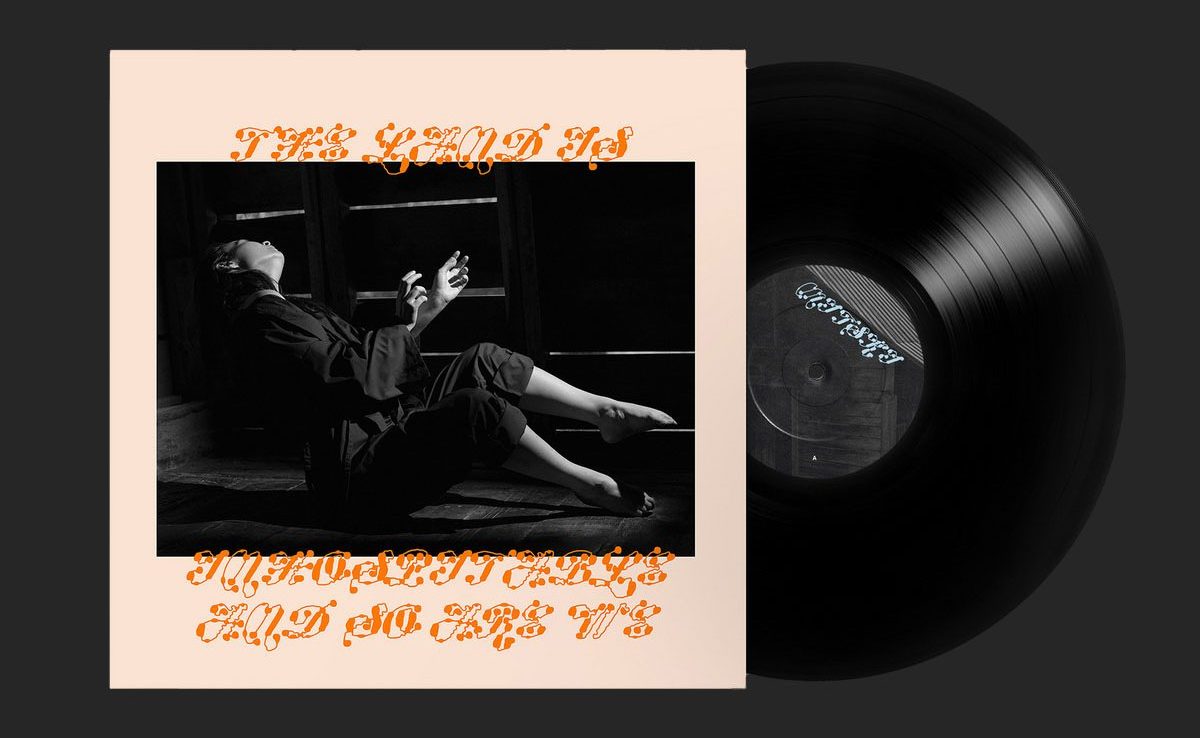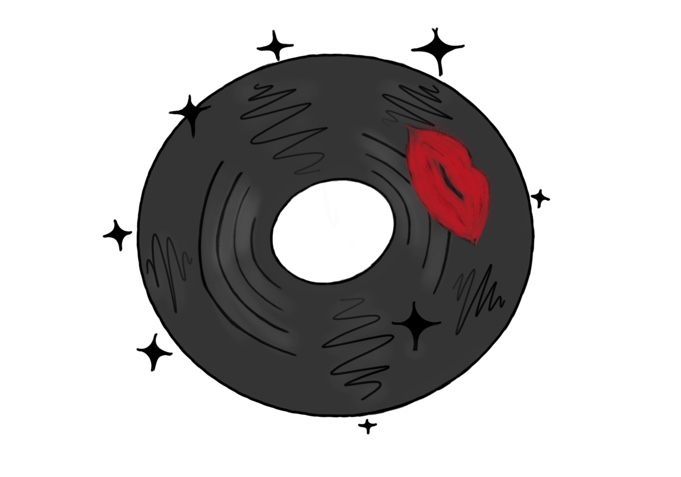San Francisco, the morning fog rolls in from the vast Pacific and flows over the skyline. All the while, the calmness of this scene is a juxtaposition to what is occurring in one small apartment. The home itself is filled with burning passion (some would say too much), affairs, catfights, and yet a hilarious amount of nonchalance. All the while a small table filled with framed photographs of spoons, stairs quietly into this mess of poorly displayed emotions.
This is, of course, referring to the 2003 cult classic, The Room.
Directed, written, produced, and starring enigmatic director, writer, producer, & actor Tommy Wiseau, The Room has become a worldwide cult phenomenon in the cinematic community for its awkward timing, bad, no wait…. VERY bad acting, and contrived plotline. Throughout the movie, lines are thrown out of actors mouths like cannonballs. With the actors saying things like, “I got the results of the test back, I definitely have breast cancer,” all the while trying to not crack a smile.
So why has this movie, which earned a measly $1,900 at the box office, and been rated a ghastly 28% on Rotten Tomatoes, achieved such fame? And why is the journey behind the scenes of the film, is documented in the new James Franco/Seth Rogan movie The Disaster Artist?
Better yet, this movie provides a question which has pervaded popular culture for years: What constituents something as being so bad, it’s good?
To many, The Room, and other films like it, seem like a waste of time or only something you’d watch in a parallel universe where bad movies are considered good, and Gary Johnson is president. However, for fans of bad cinema, that is the beauty of it.
“The Room is truly a watchable film, and it’s fun to make fun of,” says senior Room fan Josh Lardizabal. “The one major thing that draws me to the film is the impact that it has made, it’s so weird to see what Wiseau has accomplished. Today it is a true cult classic and has gained lots of attention. Wiseau has become a much bigger celebrity today, compared to when the film was released (2003).”
The Room can fit into a sub-genre of movies lovingly called, ‘Para/Trash Cinema,’ which is unique in cinema because it is a genre, which can transcend genres. For example, the 2010 film, ‘Birdemic: Shock & Terror,’ is considered to be a part of this category, yet it is labeled by the director James Nguyen as a disaster movie. Whereas the Room obviously, is meant to be a dramatic soap opera style romance type film, at least according to Wiseau.
However what all ‘Trash Cinema,’ movies have in common, is a theatre device known as camp.
“Camp is when a response to another work/object/trend/idea revere’s it at the same time that it pokes fun at it,” says theatre teacher Holly Kerns, “According to my studies, it corresponds with homosexual and counterculture feeling both in desire and angry about mainstream culture. So: dressing up as a beauty queen in a drag show is both honoring the beauty pageant and pointing out that many people are excluded from the tradition. Grease is a camp look at high school.”
The Room fits into this category because of its ironic viewing stance. Meaning that many people who see the Room enjoy it because it takes all of the conventions of making a good movie, and throws them out the window. Not to mention, many viewers can bond over the fact that the movie is so… well, campy.
“What makes campiness entertaining for so many is because we all love our culture,” Kerns said. “But at the same time that we feel excluded and want life not to be petty. Camp asks for inclusion and points out exclusion with a humorous and loving approach.”
“For all the wrong things that happen in happen in the film, it makes it so much more entertaining,” says Lardizabal. “I believe that’s the first thing when it comes to watching films. You watch it how you want to watch it.”
Have you seen it? What did you think?
‘The Room’: A journey into cinema’s best of the worst
January 2, 2018
0
More to Discover



















































































